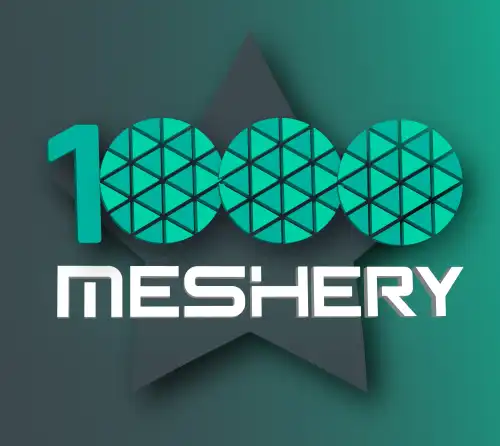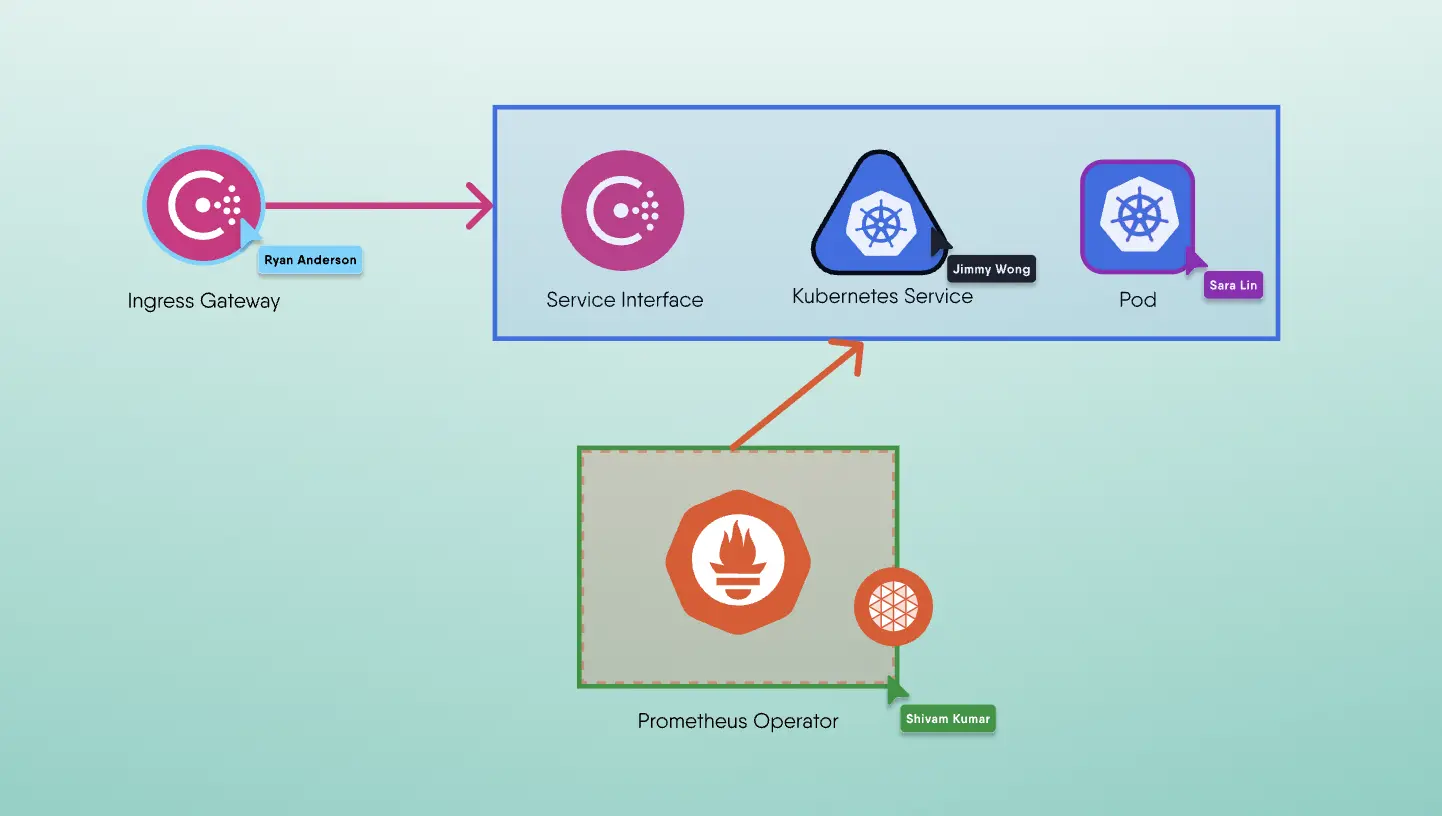Meshery took its first steps into the cloud native world in July of 2019 with the goal to ease the adoption and operation of cloud native infrastructure with a focus on Kubernetes as ubiquitous a layer within modern infrastructure deployments. Since then, Meshery as a project and Layer5 as an open source community have

As a project, Meshery is comprised of about 30 repositories, and so, in total, the project has many more than a thousand stars. The rate by which Meshery is accumulating stars only continues to accelerate and is a small moment of pride recognized in the community Slack each time a star is added. As we hit the 1,000+ stars milestone, let's pause to reflect on the project's incredible journey since its inception.
Why was Meshery created?
Meshery is an open source, vendor-neutral, extensible management plane that enables your organization to overcome the challenges of complex virtual infrastructure,
Meshery is the perfect tool for ensuring that your applications are optimally configured and performing well; it also gives you a fantastic visual insight into what can be a large amount of textual configuration.
Nic Jackson, Principal Developer Advocate at HashiCorp
Within just a year of its creation, Meshery lands in the CNCF Landscape.
Open source contributions are a must-do for becoming a true cloud native hero. Cloud native is all about the community and one can't be a part of a community by only taking and never giving back. So, if you were looking for a promising and welcoming project to join - look no further!
Anton Weiss, Founder and CEO, Otomato
Not long after, Meshery was adopted by the CNCF in October 2021. With its natural step into the Cloud Native Computing Foundation, the contributor community and Meshery's functionality maintains steadfast in their rate of growth and use. With continuous improvements in the architecture, user experience and in other features regulated by inclusive monitoring, the project is gaining traction very quickly.
Engagement in the community is on the rise!
It isn't just the number of stars that has grown. We've seen a surge of new contributors, maintainers, new features, commits, PRs, releases, and so much more! How do we assess the impact of Meshery? Here are some statistics on how we track our engagement:
- Stargazers: 105.4795% annual growth from 584 to 1200
- Forks: 103.2491% annual growth from 277 to 563
- Code Commits: 250% annual growth from 3.25k to 11.375k
- In the last 12 months, we had 341 contributors with 291 new.
- Number of PR's merged in the last 12 months is 2108. Our count of PR’s merged is more than that of 106 CNCF hosted projects.

Note: These metrics and reports were obtained from DevStats, a CNCF-created tool for analyzing and graphing developer contributions.
Layer5 has been instrumental in helping us understand the patterns, best practices, and strategies in our approach to the cloud native ecosystem. Meshery has simplified the process of configuring and operating meshes. Meshery's technology neutrality, open source governance, and defining of industry standards like SMP, SMI, and now cloud native patterns will ensure that Meshery helps any organization adopt meshes with utmost clarity curated to their needs.
Yogi Porla, Customer Success Manager at HPE
Latest Meshery Features
Meshery v0.6.0 will release soon, jam-packed full of major new features. Final release candidate, Meshery v0.6.0-rc-4, available today, so you can take advantage of Meshery's new functionality now:
- Manage Kubernetes Workloads (Applications)
- Manage WASM filters
- Manage Service Mesh Patterns
- Kanvas: Visualize infrastructure deployments
- Enhanced infrastructure discovery in Meshery Operator and Meshsync
Last, but not least is the announcement of Kanvas's beta release! The waiting list is filling up fast, so I recommend signing up for access now!


